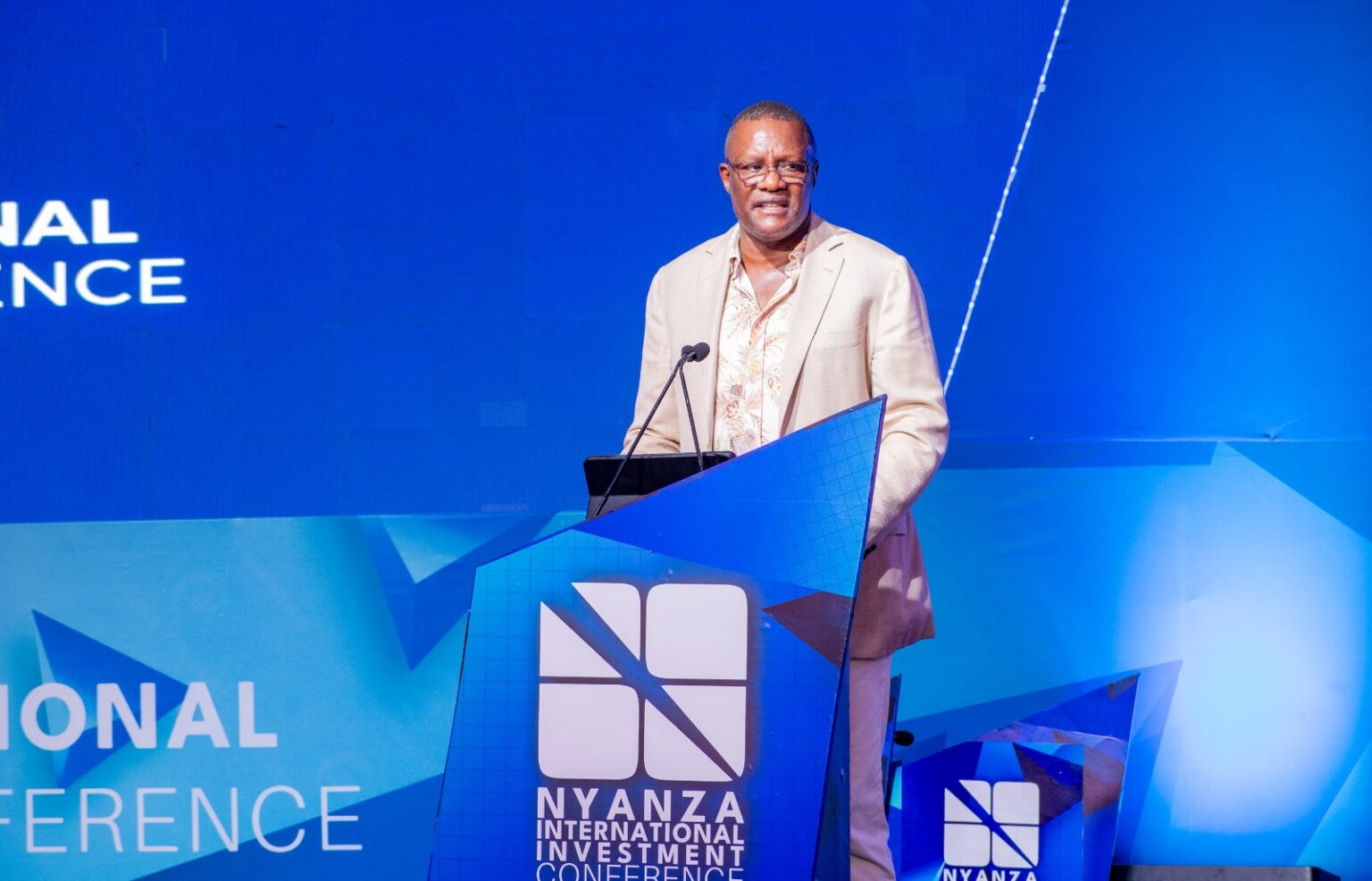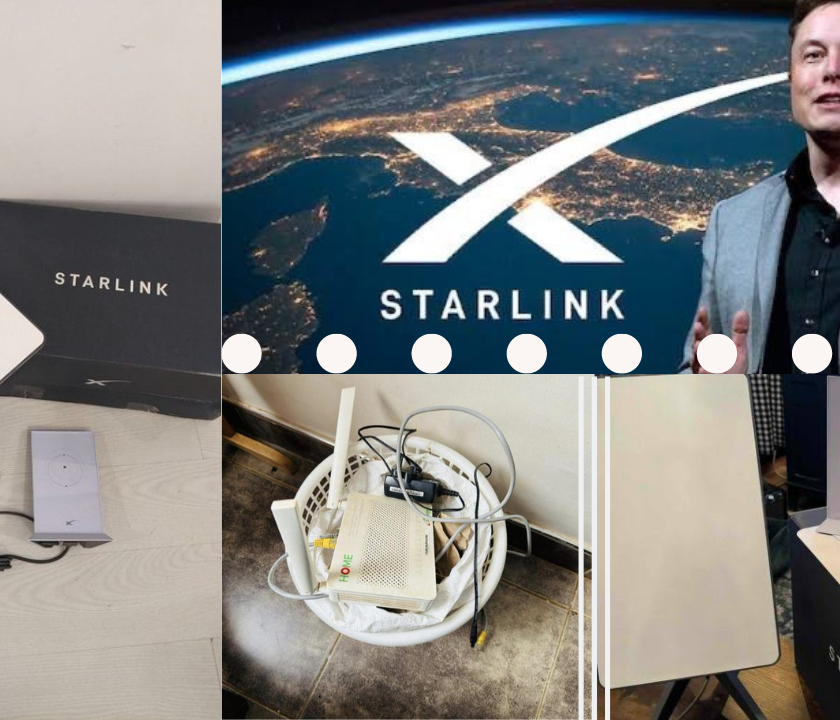The inaugural Nyanza International Investment Conference (NIIC), held from February 6–8, 2025, in Kisumu, emerged as a watershed moment for Kenya’s western region, casting a spotlight on Nyanza’s untapped potential while confronting its complex challenges head-on. Against the backdrop of Lake Victoria’s shimmering waters, over 700 delegates—including Deputy President Kindiki, six county governors, global investors, and development experts—converged under the bold theme “Nyanza Rising: Towards Economic Transformation for Socio-Economic Growth and Development.” The three-day forum blended urgent pragmatism with visionary ambition, mapping a path to transform a region long haunted by political fragmentation and economic underperformance into an East African growth hub.
Central to discussions was the critical need for infrastructure modernization to unlock Nyanza’s strategic advantages. With only 12% of the region’s roads paved and persistent energy deficits crippling industrial growth, delegates prioritized the Standard Gauge Railway (SGR) extension to Kisumu by 2027—a project expected to slash cargo transport costs by 40% while connecting the Lake Victoria Basin to regional markets. Equally vital were plans for the Magwagwa Multipurpose Dam in Nyamira and the Koru-Soin Dam, dual initiatives aiming to generate 150 MW of hydropower and irrigate 50,000 acres of farmland. These megaprojects, however, face funding gaps exceeding $300 million, prompting calls for innovative public-private partnerships.
The blue economy emerged as both promise and predicament. Lake Victoria, capable of producing 300,000 tons of fish annually, currently yields less than half that amount due to outdated fishing methods and post-harvest losses. While Tanzania and Uganda exploit deeper waters, Kenyan fishers remain confined to nearshore zones with dwindling stocks. To counter this, the conference unveiled plans to modernize processing plants in Kisumu, Homa Bay, and Siaya, with Dutch firm AquaNile committing $20 million to establish East Africa’s largest tilapia hatchery. Yet beneath the optimism lurked tensions: environmentalists warned that expanded aquaculture could exacerbate lake pollution, while local fisherfolk demanded guarantees against displacement by corporate ventures.
Agriculture, contributing 35% to Nyanza’s economy yet plagued by low-value outputs, dominated parallel sessions. A startling revelation surfaced: despite producing 60% of Kenya’s groundnuts, the region captures less than 10% of the global peanut butter market due to inadequate processing. The solution? Six County Aggregation and Industrial Parks (CAIPs) slated for construction by 2026, designed to add value to cotton, cassava, and sunflower crops. Equity Bank announced a $15 million fund for cooperative societies, while India’s AgriTech Solutions pledged drone technology for precision farming. However, skepticism lingered among smallholder farmers like Auma Okoth from Migori: “They talk of markets, but who will fix our impassable roads when rains come?”
Energy debates crackled with urgency. Kenya’s Energy Ministry revealed plans to triple Sondu Miriu’s hydroelectric output to 60 MW, while exploratory talks began with Chinese firms about solar farms in the sun-drenched Homa Bay hills. Geologists highlighted untapped mineral wealth, including Migori’s gold reserves estimated at 1.2 million ounces—a potential game-changer if artisanal miners can be formalized. Yet these ambitions collide with reality: only 38% of Nyanza households have grid electricity, a disparity Deputy President Kindiki termed “unacceptable in the Fourth Industrial Revolution.”
Education paradoxes loomed large. Despite Nyanza’s 85% literacy rate—Kenya’s highest—youth unemployment hovers at 23%. Techpreneur Maryanne Atieno attributed this to “curricula stuck in the 1990s,” urging vocational training overhauls to match industry needs. Microsoft East Africa responded with plans for three ICT hubs in Kisumu, Siaya, and Migori, while the national government promised 10,000 coding scholarships for Nyanza youth. Such initiatives aim to stem the brain drain that sees 7,000 graduates annually leave for Nairobi or abroad.
Ten Investment Deals Worth $180 Million
Governance reforms took center stage as investors decried bureaucratic bottlenecks. A World Bank study presented at the forum showed Nyanza counties take 94 days on average to approve business permits—double the national rate. In response, governors signed a pact to harmonize licensing through the Lake Region Economic Bloc (LREB), aiming to slash processing times to 21 days. Anti-corruption watchdog Transparency International, however, warned that without robust accountability mechanisms, such reforms risk becoming “empty gestures.”
The conference’s tangible outcomes included 10 investment deals worth $180 million, spanning agri-processing, renewable energy, and healthcare. KCB Group’s $50 million credit line for SMEs drew applause, as did the launch of the 2,000-member Nyanza Professionals Forum to mentor startups. Behind closed doors, however, contradictions simmered. EU delegates pressed for environmental safeguards absent from blue economy proposals, while civil society groups questioned how mega-dams would benefit displaced communities. Governor Anyang’ Nyong’o of Kisumu conceded, “Growth must be inclusive, not extractive”—a pledge now under scrutiny.
Diaspora engagement emerged as an unexpected focal point, with remittances to Nyanza hitting $800 million annually. Dr. Richard Oduor from the Diaspora Directorate proposed “developmental remittances” channeled into hospitals and schools rather than household consumption. Gender advocates, meanwhile, secured commitments for 30% procurement quotas for women-led businesses—a potential model for national replication.
As curtains fell on the forum, the mood blended cautious optimism with acute awareness of pitfalls ahead. Nyanza contributes a mere 10% to Kenya’s GDP despite housing 14% of its population—a disparity rooted in decades of underinvestment. While the conference marked a seismic shift in political will, with erstwhile rivals aligning behind economic imperatives, implementation remains the true test. As economist Kwame Owino noted, “The real conference begins now, in the muddy fields of execution, far from the comfort of five-star hotels.” For Nyanza’s 10 million residents, the stakes transcend statistics—it’s a race to transform potential into shared prosperity before the next political cycle reignites old divisions.
Okoth Osewe




